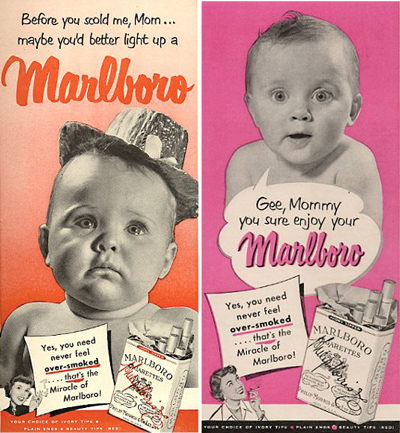Bryce R. forwarded us an email from Best Buy that included this image (linked from the email to here):
Aside from the typical gendering (targeting laundry appliances to women), this doesn’t even make sense. “…this wild cherry steam thing”? Is this how women supposedly talk about appliances? “I need this shiny pretty cleany-thingy. Woo!” If all she knows is that it’s a steam thing, why would she want it? Is the message that women just want things because they’re pretty (or, in this case, red)? Or that we’re too dumb to be able to talk intelligently about complex appliances? I don’t understand why the copy wouldn’t say “…I need this wild cherry steam washer,” or something that implies she’s smart enough to know what it is she’s talking about.
Also, the vague hint at sex (“a woman has needs”) in relation to a washing machine is kinda weird. See this post for a humorous look at how cleaning supplies are often sold using sexual or romantic imagery.
Thanks for the tip, Bryce!













